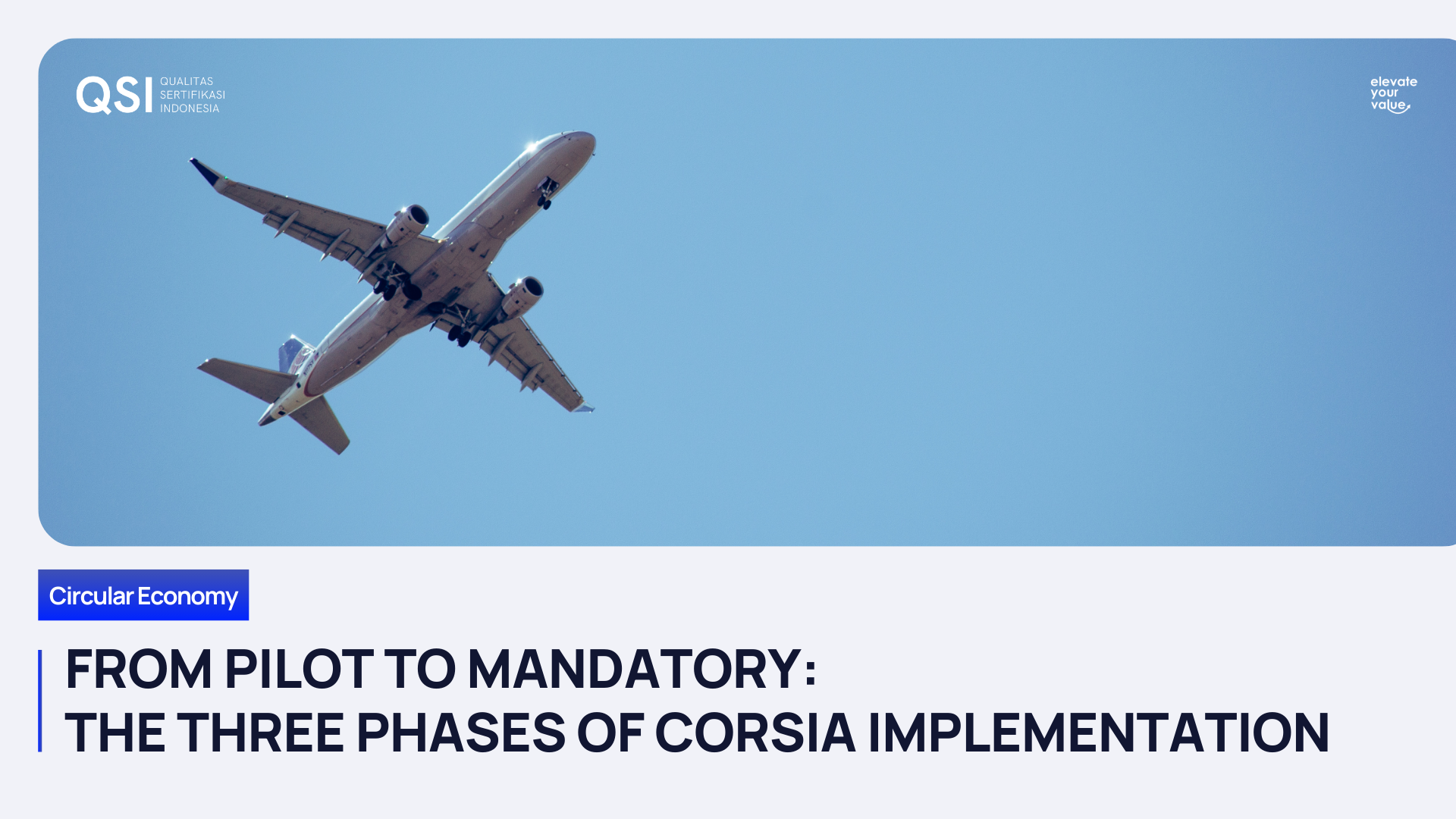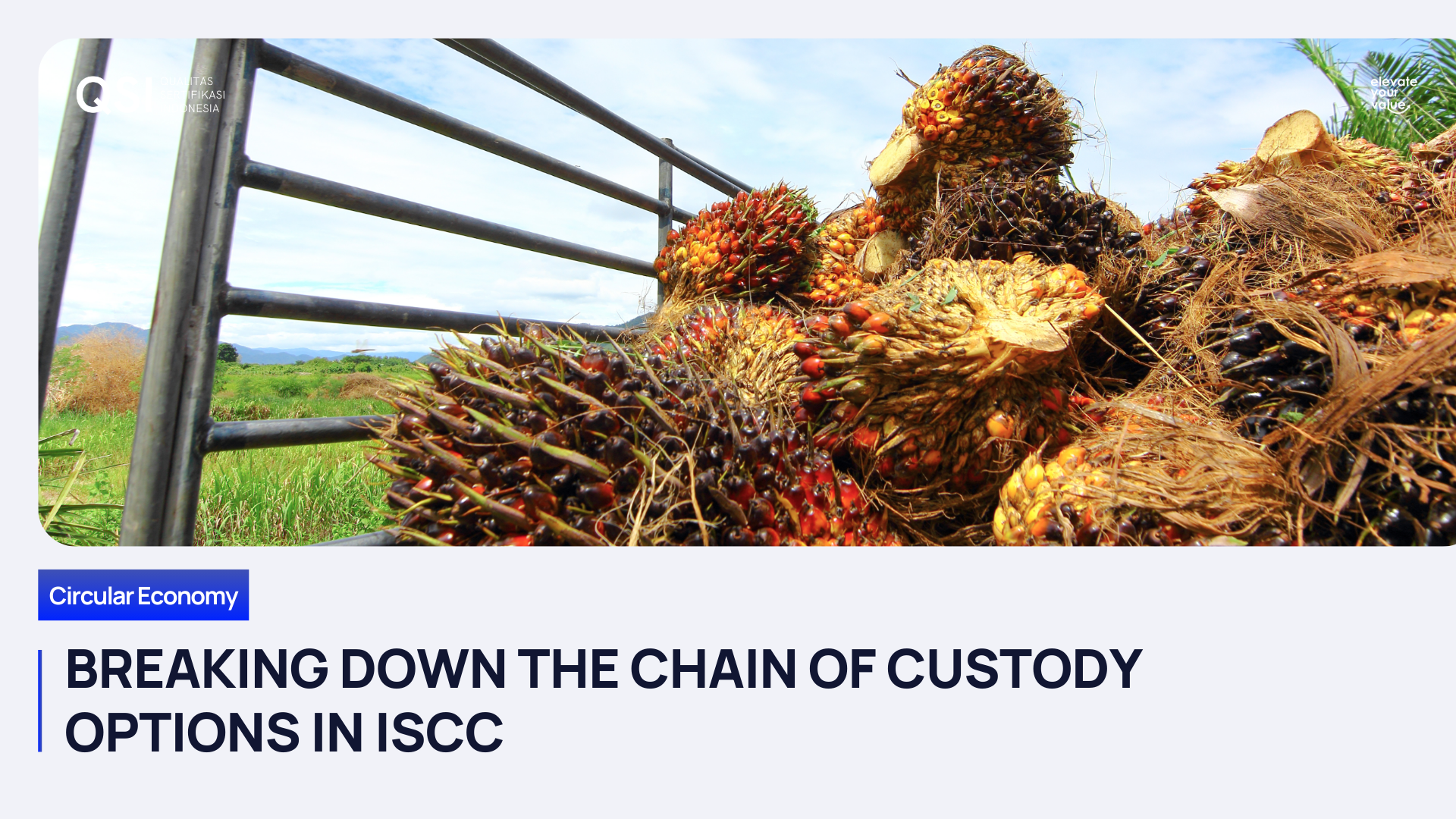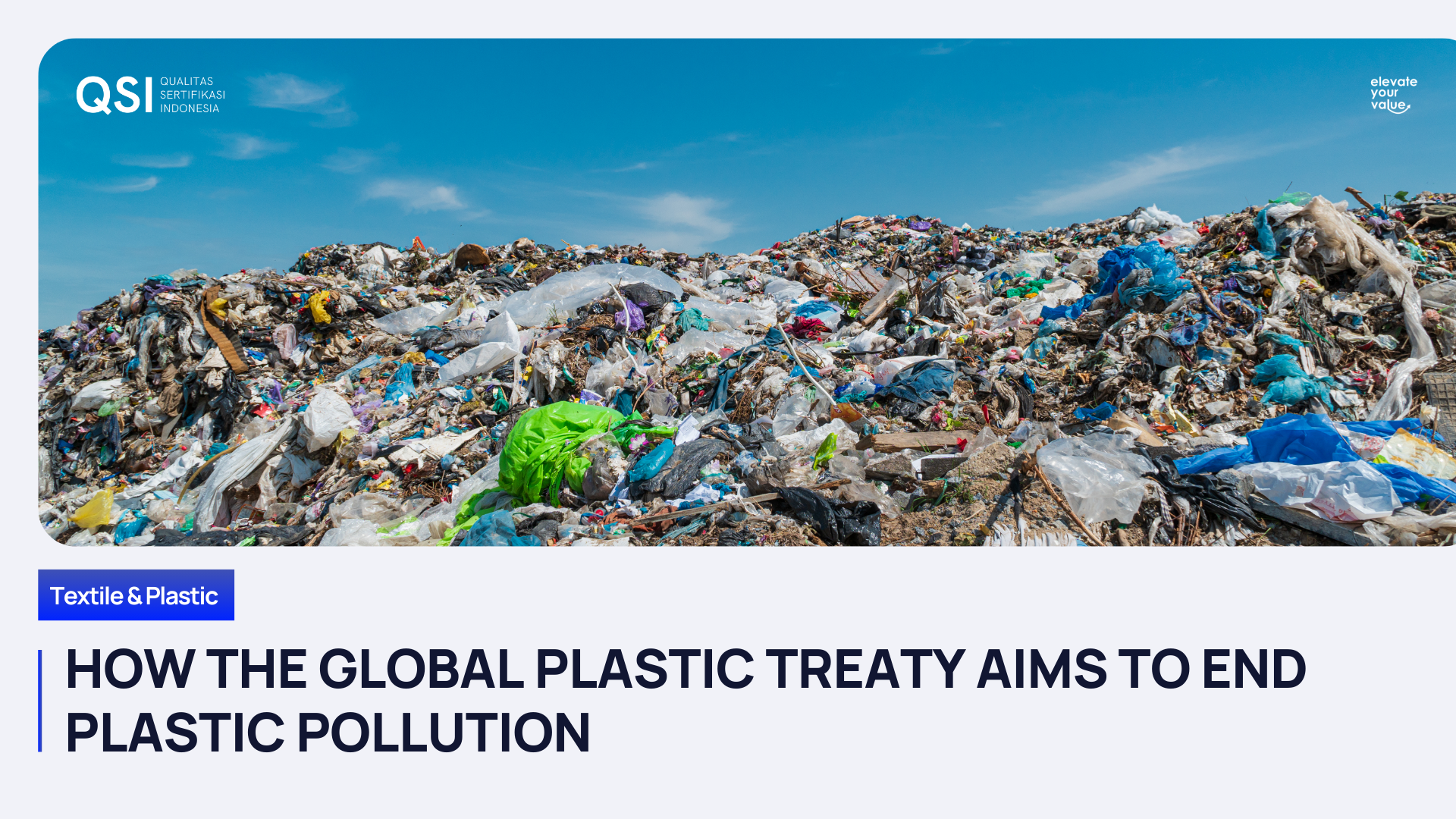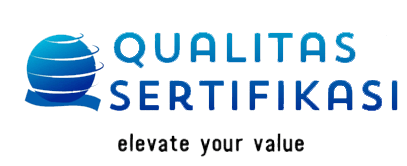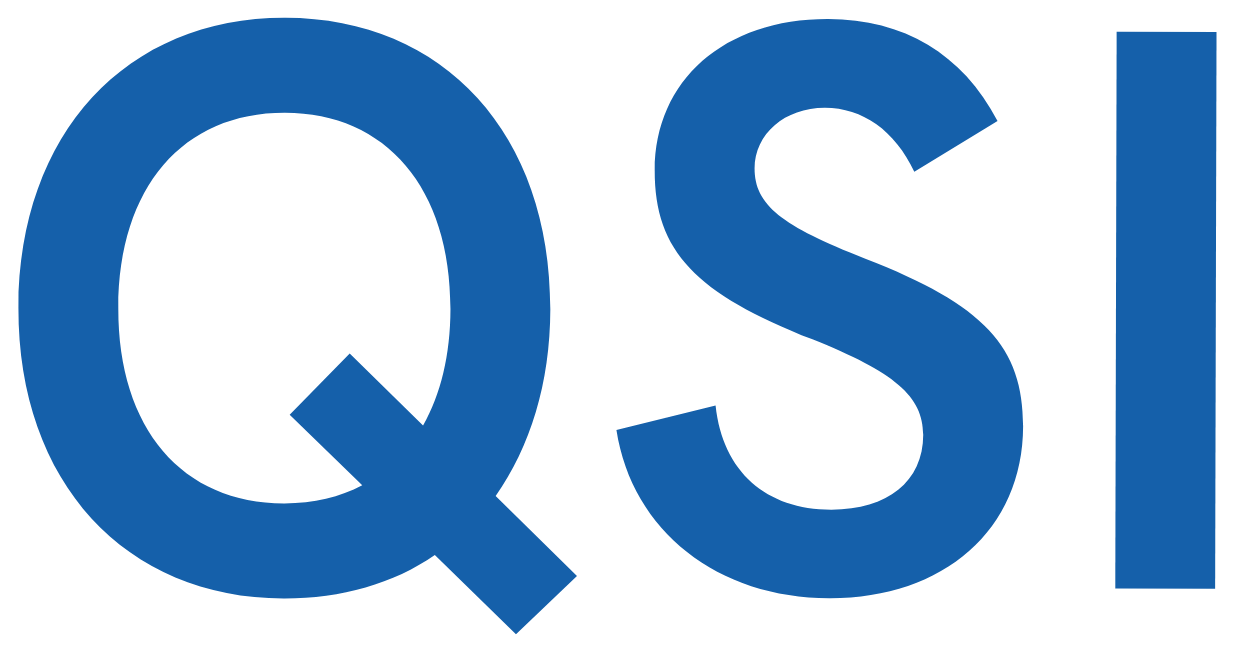Angin Segar SVLK untuk Hutan Lestari Indonesia
Pernahkah kamu mendengar tentang Sertifikasi Verifikasi Legalitas Kayu atau yang biasa disingkat dengan SVLK?. Indonesia menerapkan SVLK untuk memastikan agar semua produk kayu yang beredar dan diperdagangkan di Indonesia memiliki status legalitas yang meyakinkan. Hal ini merupakan salah satu solusi dari maraknya penebangan hutan secara liar di Indonesia. Penebagan hutan liar ini berdampak buruk pada banyak sektor. Tidak hanya secara ekonomi, tetapi juga sulitnya melacak kondisi perhutanan Indonesia secara berkelanjutan yang terus berkurang secara drastis. Sedikit banyak, kondisi ini menyudutkan posisi Indonesia di mata dunia Internasional.
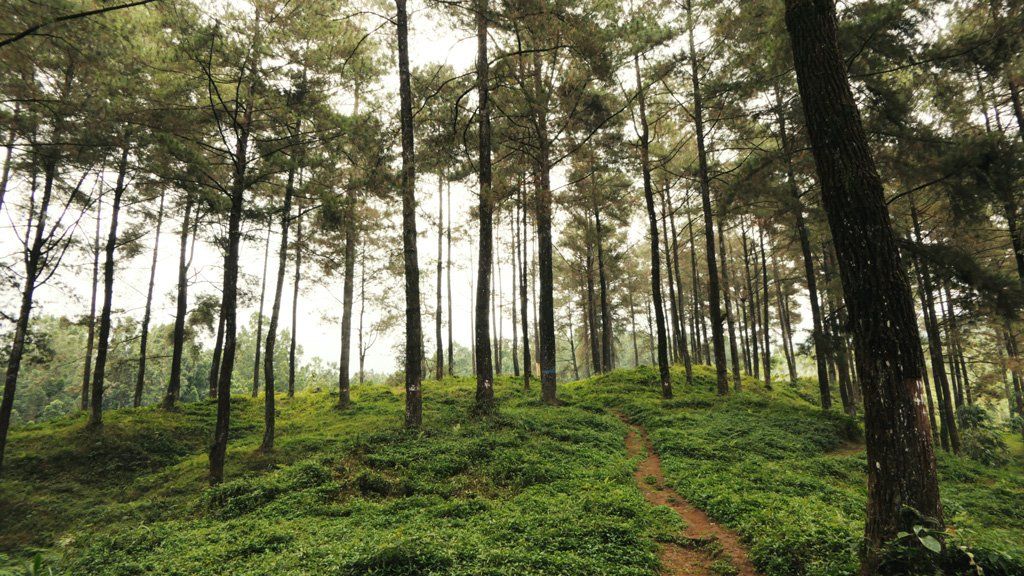
Photo by Utsman Media on Unsplash
Ancaman krisis iklim menjadi salah satu kampanye dan isu hangat di berbagai belahan dunia. Dampak perubahan iklim yang semakin nyata mendorong kita untuk berpikir ulang. Apa saja hal yang hilang dan berubah dari pilar penyangga keseimbangan bumi hingga mencapai titik krisis. Pemanasan global, efek rumah kaca, dan peningkatan emisi menjadi 3 faktor utama yang menggeser keseimbangan iklim. Pemanasan global yang dipicu oleh berkurangnya luas hutan dalam jumlah yang sangat signifikan.
Laporan terbaru World Research Institute (WRI) dan Global Forest Watch menunjukkan, dunia kehilangan 12,2 juta hektar tutupan pohon di daerah tropis pada 2020. Data yang dihimpun University of Maryland ini mencatat sekitar 4,2 juta hektar atau seluas negara Belanda, merupakan hutan primer tropis penyimpanan karbon dan keragaman hayati. Indonesia, menduduki peringkat negara keempat yang kehilangan hutan tropis paling banyak setelah Brazil, Kongo dan Bolivia. Deforestasi untuk komoditas tertentu jadi pemicu kehilangan tutupan hutan baik primer maupun tropis sekunder, di Amerika Latin dan Asia Tenggara.
Photo by Dave Herring on Unsplash
Berdasarkan UU No. 18 Tahun 2013 tentang Pencegahan dan Pemberantasan Perusakan Hutan, pembalakan liar melingkupi seluruh kegiatan pemanfaatan hasil hutan kayu secara ilegal di sepanjang rantai pasokan kayu, mulai dari kegiatan penebangan, pengolahan, pengangkutan, penyimpanan, pemasaran, penjualan, pembelian, hingga pemanfaatan kayu secara ilegal. Sementara itu, penebangan hutan secara ilegal meliputi penebangan pohon dalam kawasan hutan tanpa izin yang sah atau dengan izin yang sah namun tidak sesuai dengan ketentuan dalam izin.
Kayu yang digunakan tanpa izin ini kemudian beredar dari hulu hingga ke hilir. Akibatnya, beberapa pasar seperti Eropa dan Amerika meragukan kualitas dan kondisi kayu atau produk kayu yang dipasarkan. Di sinilah SVLK muncul sebagai salah satu solusi yang bisa dipertanggungjawabkan.
Sistem Verifikasi Legalitas Kayu atau SVLK berfungsi untuk memastikan produk kayu dan bahan bakunya diperoleh atau berasal dari sumber yang asal-usul dan pengelolaannya memenuhi aspek legalitas. Kayu disebut legal bila asal-usul kayu, izin penebangan, sistem dan prosedur penebangan, pengangkutan, pengolahan, dan perdagangan atau pemindahtanganannya dapat dibuktikan memenuhi semua persyaratan legal yang berlaku. SVLK disusun bersama oleh sejumlah pihak (para pihak). SVLK memuat standar, kriteria, indikator, verifier, metode verifikasi, dan norma penilaian yang disepakati para pihak.
Qualitas Sertifikasi Indonesia melihat peluang ini sebagai salah satu upaya untuk mengembalikan martabat bangsa dalam kesadaran terhadap pelestarian hutan. Pengelolaan yang berkelanjutan dan terstandar, menjadi salah satu gagasan dari QSI. Para pengrajin produk kayu yang berasal dari Indonesia bisa mendapatkan izin dan hak legal atas produknya untuk dipasarkan baik di dalam maupun di luar negeri. Hal ini mendorong nilai ekspor produk juga menyadarkan masyarakat, tidak hanya pelaku ekonomi untuk lebih mengenal produk hingga detail terkecil dari setiap usaha dan produknya. Bertanggung jawab terhadap proses melalui
SVLK memberikan oase di tengah gersangnya nama Indonesia di mata dunia dalam pertanggungjawaban terhadap produk kayu dengan kualitas yang sebanding.
